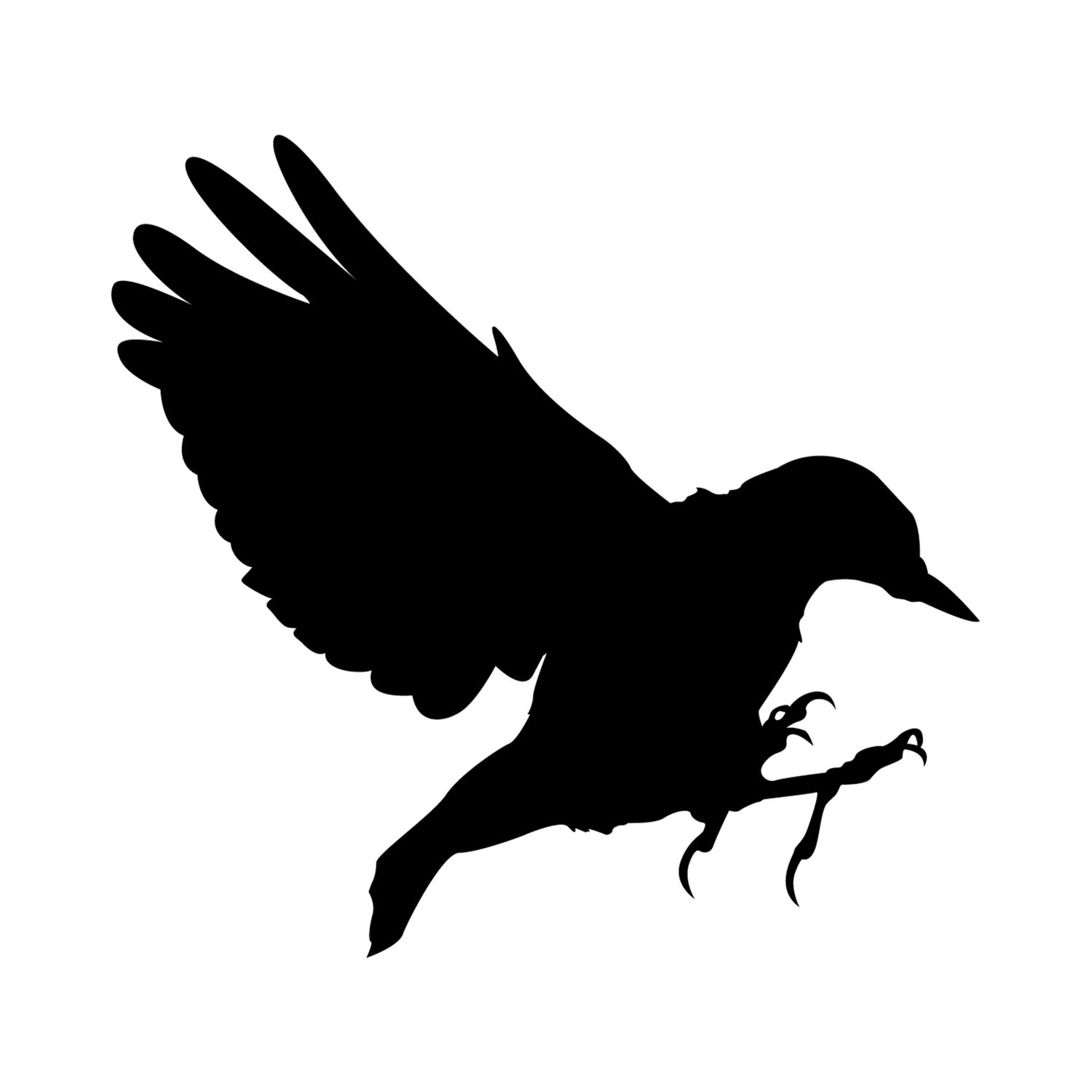The most unsettling and effective moments in Jordan Peele’s Nope are those where you don’t see anything at all. The film’s sound design is one of its strengths. And it owes this in part to how Peele and sound designer Johnny Burns leverage sonic ambiguity to create terror.
Every Jordan Peele film opens with a title card for his production company, “Monkeypaw Productions.” The name is a reference to a horror short story written by W.W. Jacobs. It’s a story, used as an example by many, including Stephen King, to illustrate the distinction between Terror and Horror.
Horror being the experience of actually seeing the horrible thing, monster, tragedy itself. The gory details. And Terror being the feeling created by the anticipation and imagination of what we might see. Writer Matthew Morgan, in an essay about what this story tells us about the distinction between horror and terror calls “the essence of terror” the “gut-deep dread of the awful possibilities.”
Jordan Peele understands this dynamic and uses it frequently in Nope. In the Gordy’s Home scenes, he expertly holds back and obscures the horror of the scenes, instead allowing our imagination to do the work, inspiring terror.
Spielberg does the same thing in the sequence from the opening of Jaws where the shark’s first victim is discovered on the beach. He frames out the carnage that we all know is present. Hiding it instead of showing it builds anticipation for what might be shown, and leaves a question in our mind about the true nature of the horror we’re not seeing.
This video essay from Thomas Flight breaks down how sound design in a horror film can leverage ambiguity to create terror, using examples from Nope and Jaws.
I. How Ambiguity Creates Terror
One’s of Jaw’s most tense scenes is early on. We know there’s been a shark attack, but the beaches haven’t been closed, so Chief Brody sits on the beach just watching and waiting. And crucially, so does the audience. There’s a lot that Spielberg is doing in this scene to build suspense and anticipation: but one of the most clever things he does is use visual ambiguity. One of the swimmer’s feet look a little bit like a shark fin, and another swimmer’s splashing looks like it could be an attack.
As the film quickly cuts back and forth between the ocean and Brody, scanning the water tensely for signs of a shark- these little visually ambiguous elements momentarily trick him (and us) into thinking we might be seeing a shark or an attack.
But you can create ambiguity in sound as well. Speilberg does it in that same scene with a scream. The scream turns out to just be someone having fun, but for a split second, we might think the screams are screams of terror.
Jordan Peele and his sound designer Johnny Burns took advantage of sonic ambiguity to design the sound of the UFO for Nope.
By designing a sound for the monster that integrated animal screams and morphed bird sounds blended seamlessly with sounds of wind- they gave the sound of the UFO an ambiguous quality.
In many of the moments earlier in the film, when we’re out in the valley with OJ in the dark. We’re hearing the wind, but there’s a little something else in there too. It’s very difficult to tell if there’s anything there beyond the wind (being able to replay the sounds with the volume amplified at home reveals that there is indeed something else in the wind. And they use other sounds, like the sound of the horse snorting, to overlap the that extra element a little bit- it’s like the sonic equivalent of the way the door, desk and table cloth shroud the view of the horror in the Gordy’s Home flashback.
This kind of ambiguity is pervasive throughout Nope. Check out the video for the full breakdown!
